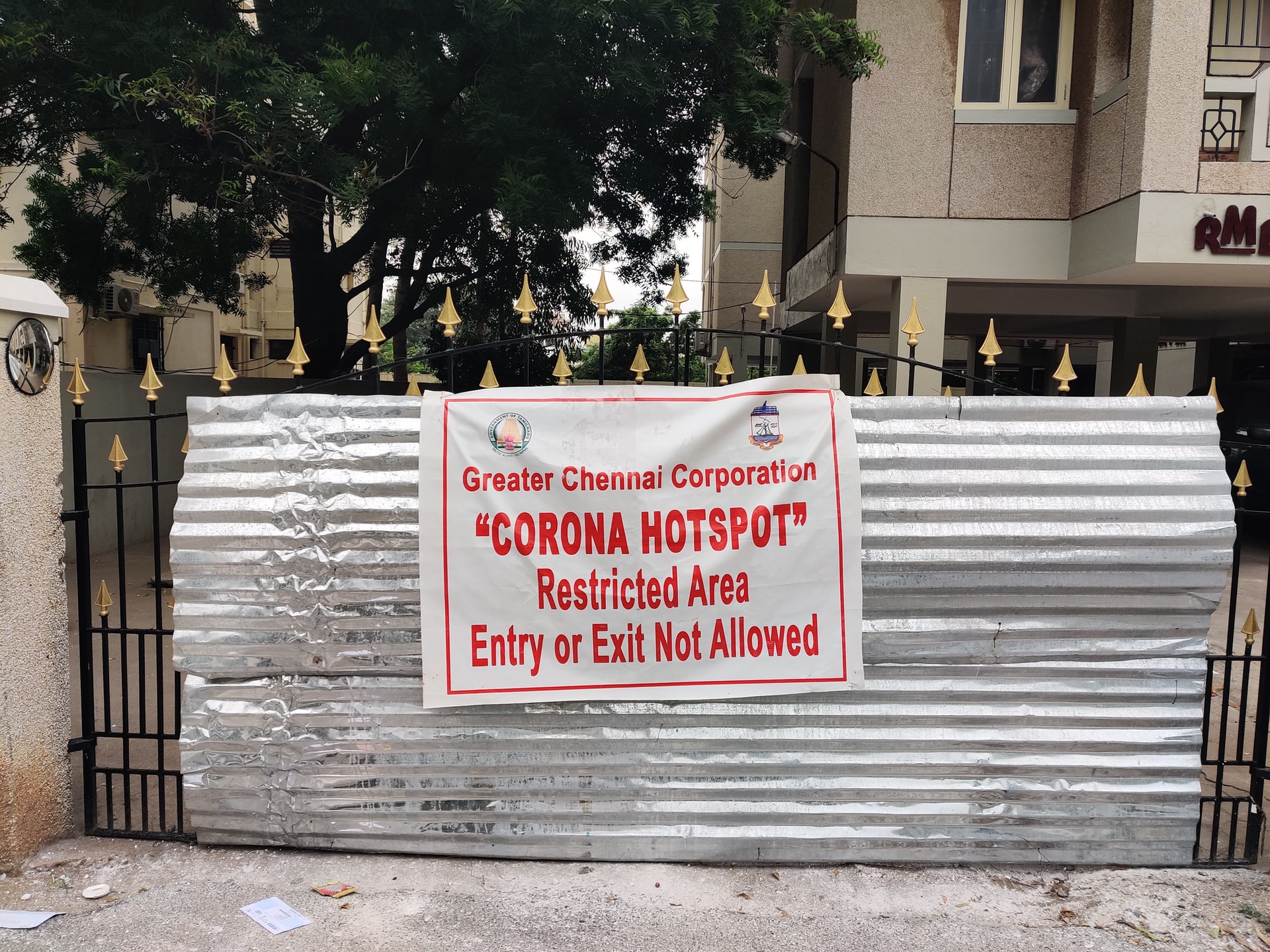From a haphazardly unplanned vaccine diplomacy drive to undiplomatic public letters, India’s foreign policy has prioritised image over substance. Without substance and efficient and effective delivery of services, such measures are simply perceived by the outside world as empty, self-promoting bluster.
The second wave of COVID-19 rages on across the country, killing people in numbers now too embarrassing for the government to count.
In the unfolding tragedy – made worse by multiple mutations of the virus, severely under-funded health infrastructure and total mismanagement by the Centre and state governments – many of India’s institutions have performed terribly. The extent of the institutional failure is such that the real death toll of this tragedy might never be accounted for in numbers, because of official suppression, accompanied by the mainstream media’s ongoing stint as cheerleaders of the ruling party.
Amidst this obfuscation by the powers-that-be, images have begun to narrate the tragedy far more impactfully than any graph or statistical report could: images that capture desperation at hospitals and grief at the crematoria, with funeral pyres blazing away into the dreary day and grim night.
These stories and images have left their mark, not just on the Indian public but also the world at large. From the aerial shot of a crematorium taken by Danish Siddiqui, to the article by The Australian which deployed the word ‘apocalypse’, critical stories are now making rounds in the world media – including the New York Times, Forbes, Time and Foreign Policy magazine.
It is in the context of these stories and images that the failure of yet another institution comes forth – that of India’s foreign policy establishment. India’s foreign ministry is now in reaction mode, from writing replies to newspapers through Indian high commissions, to the Minister of External Affairs S. Jaishankar feuding with an Opposition member while attempting to suppress reports of oxygen shortages within New Delhi’s main diplomatic enclave, Chanakyapuri.
A critical assessment must be made as to how and why did India’s foreign policy go so wrong in handling this crisis.
Firstly, let’s look at the short-sighted implementation of Vaccine Maitri. The wisdom of airline safety instructions comes to one’s mind when thinking of vaccine diplomacy. During an emergency, when oxygen masks drop, your first task is to ensure your own mask is safely secured and working, before you help someone else put theirs on. A vaccine shortage under normal circumstances is itself very concerning. To suffer such a shortage during a pandemic, as the virus spreads rapidly, is a cause for alarm.
To be fair, vaccine diplomacy is – in and of itself – not a bad idea if executed well. However, a big question mark hangs over how all the involved parties, including India’s top decision-makers and vaccine manufacturers such as Serum Institute, combined in a dance of contracts and obligations that ultimately led to the export of 66 million vaccines, while India itself faces a worrying vaccine shortage.
Did the government have a schedule for how many vaccines India will need each month to vaccinate its own people? The situation on the ground makes it clear that the Indian government did not prioritise the health of its citizens at all while making this decision – and prioritised image over substance.
Another unfortunate policy of the Indian foreign ministry is to respond to critics of the Modi government with uncharacteristic and undiplomatic language. When The Australian criticised the Modi government, India’s High Commission in Australia responded with a letter laced with overtly defensive language, claiming that the newspaper’s report was “written only with the sole objective of undermining the universally acclaimed approach taken by the Government of India”. Around the end of last month, Jaishankar held a virtual conference with other Indian diplomats, where he asked the diplomats to “counter one-sided narrative”, indicating that angry letters would soon be a much more common occurrence in India’s diplomacy.
Judging from the contents of the letter to The Australian, it is anyone’s guess whether India’s diplomatic machinery will be defending India or Prime Minister Modi. Either way, it’s a shame that it will be attempting to put out symbolic fires, when funeral pyres still burn daily at an unprecedented rate.
Jaishankar was focused on searching for the same elusive ‘positive’ image even when the crisis reached India’s diplomatic quarters in Chanakyapuri. The diplomatic missions of the Philippines and New Zealand reached out to the Indian Youth Congress for oxygen cylinders – a grim reflection of the extent of the mismanagement by the Modi government. When Opposition leader Jairam Ramesh commended his party’s youth wing for helping out when the government had been nowhere to be seen, Jaishankar responded to him with acerbic tweets and sent out a diplomatically distasteful public memo to the foreign missions.
The fiasco involving the embassies appears to be the culmination of a very basic failure in Indian foreign policy. Image-building, nation-branding and soft power cannot be sold on perception alone. Without substance and efficient and effective delivery of services, such measures are simply perceived by the outside world as empty, self-promoting bluster.
The government in power has failed to handle the crisis, failed to bolster India’s healthcare, and failed to maintain proper public messaging to ensure that people stay constantly vigilant. It is now rightfully attracting criticism from quarters that cannot be threatened with intimidating raids. The paranoia reflected in words such as ‘agenda’ and ‘one-sided narrative’ showcases a regime insecure of being called out for its fundamental deficiencies.
Unlike the domestic mainstream media, which has more or less become the unspoken extension of the ruling party, the foreign media is not particularly constrained by the whims of the Indian government. Biased or not, they are unlikely to show milk and honey where there’s death and destruction.
Alongside this, there is also the question of foreign aid. India has generally been reluctant to accept foreign aid – something that also sparked debate during the floods in Kerala in 2018, when the Modi government said that it would not accept any foreign assistance. This practice, as pointed out by Happymon Jacob, was introduced in 2004, but it does not and should not apply during humanitarian disasters – which this pandemic is. At this point, accepting some reasonable aid won’t harm India’s interests; India can be ‘atmanirbhar’ (self-reliant) later, but it must preserve the atm, or the self, before that.
India has begun accepting aid now, but it must ensure that there are no bureaucratic hurdles to slow its distribution.
Sadly, despite all the defensive posturing by India’s foreign policy establishment, the pandemic still continues. Even if the world magically gets convinced by Jaishankar’s words, the infections and deaths aren’t going anywhere.
India is now expected to also suffer a third wave. The government should give up painting unrealistic images and denying the truth.
Shivam Bahuguna is currently pursuing a PhD in International Relations from South Asian University. His academic interests include geopolitics, politics of culture and media. He also likes to occasionally strum on his guitar and sing.


